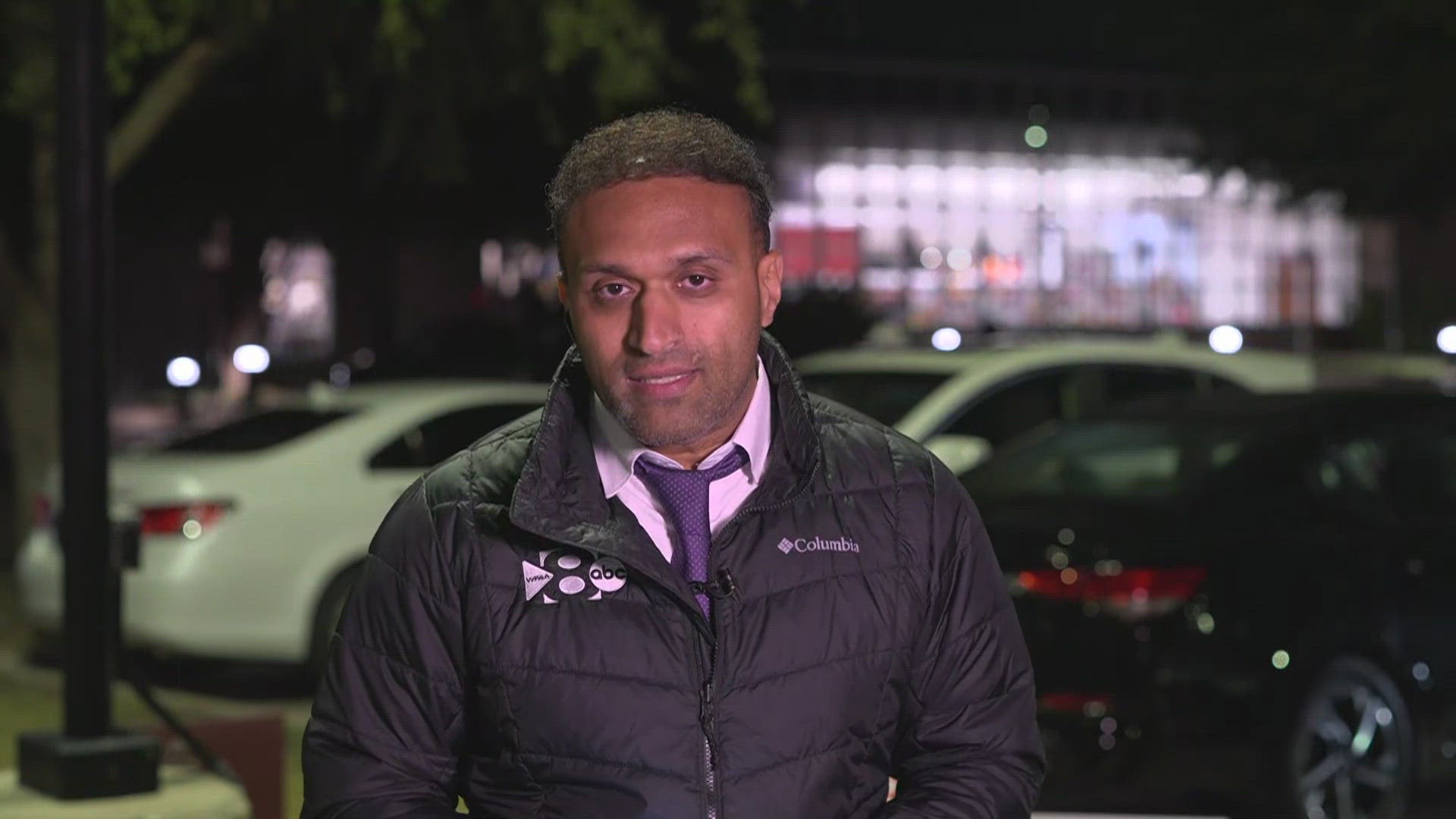HOUSTON — There has been a dust-up on social media lately after billionaire Elon Musk floated the idea of charging Twitter users for verification. The little blue check mark that appears next to a user's name signals they've gone through Twitter’s verification process.
New Twitter owner Musk criticized the current verification process as a "lords & peasants system" often granted to celebrities, politicians, business leaders, and journalists, as an elite status symbol.
But critics complain he is missing the entire point of those checkmarks.
Twitter’s verification for users was introduced in 2009. It came about after a legal fight with baseball legend Tony La Russa. The former manager of the St. Louis Cardinals sued the social media giant over an imposter on the site. Twitter responded to the lawsuit by unveiling the verified seal so users could distinguish between real people and imposters.
In 2013, Twitter refined the verification definition, according to Yahoo news. By that point, it had expanded to distinguish legitimate sources of information. That way if an account claimed to be a reporter with an organization they could go through the verification process so users would know they were really who they claimed to be.
According to experts, that's important since a Pew Research Center study found the majority of Twitter’s users go to the site for news.
Despite complaints, Musk, the world's richest man, tweeted on Tuesday that users would have to pay $8 a month if they wanted to keep the verification check mark in the future.



